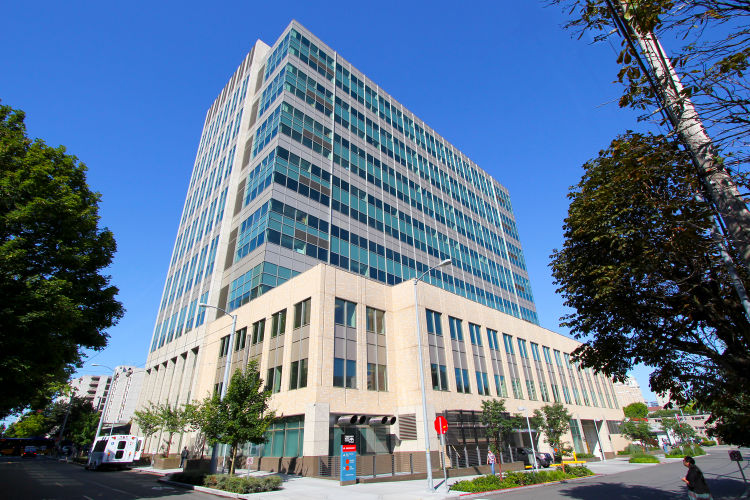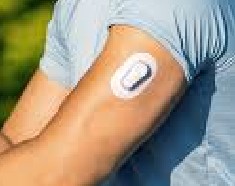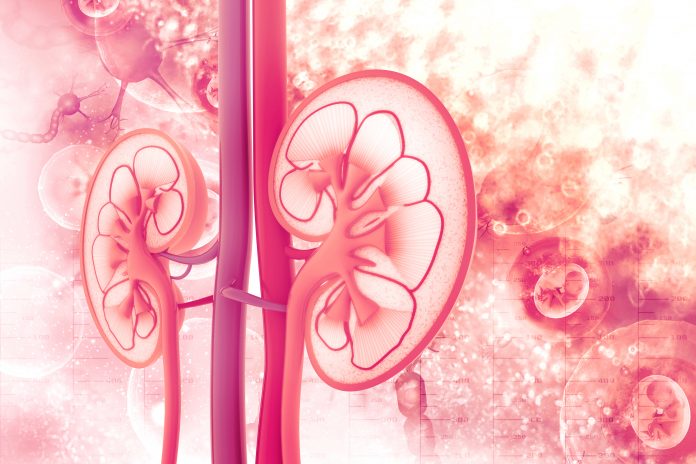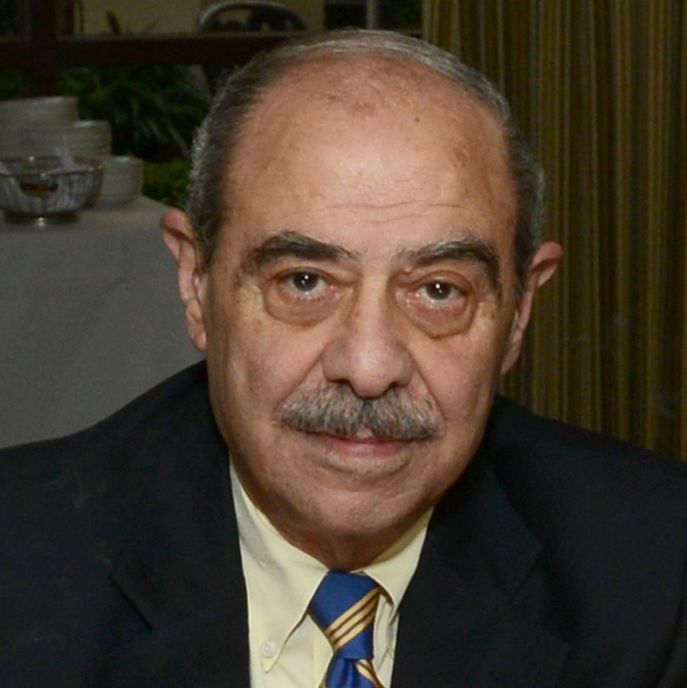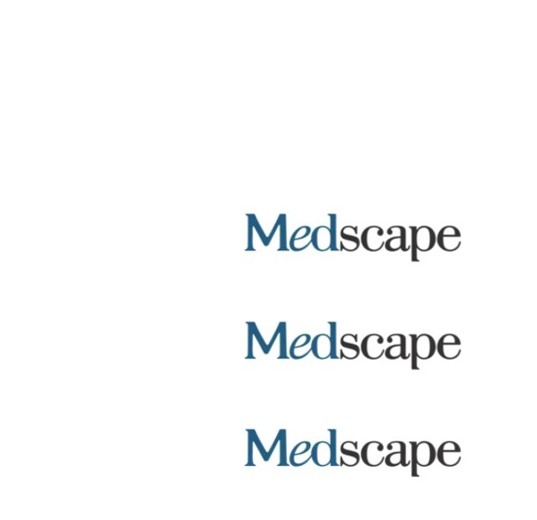
Continuous Glucose Monitoring Uncovers Hidden Glycemic Risks in Dialysis Patients
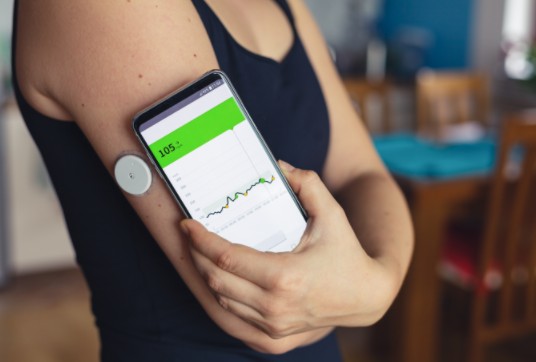


Continuous Glucose Monitoring Uncovers Hidden Glycemic Risks in Dialysis Patients
Medscape Medical News
by John Schieszer
Continuous glucose monitoring (CGM) may be appropriate and potentially beneficial for patients undergoing dialysis, especially those with diabetes, according to a prospective community-based cohort study.
The findings, published in the Journal of the American Society of Nephrology, demonstrated that in maintenance dialysis, CGM frequently identified episodes of hyperglycemia and hypoglycemia that may not be clinically evident.
The authors noted that while CGM provides detailed glycemic profiles, few studies have evaluated its use in patients with kidney failure, with most limited to small or selective cohorts. They sought to address this by designing a study that characterized the spectrum of glycemia and its determinants in a large, demographically diverse population of patients receiving maintenance dialysis.
Differences Found in Peritoneal vs Hemodialysis Patients
The study included 420 participants, each of whom wore a Dexcom G6 Pro CGM device for approximately 10 days. Among them, 263 had diabetes and 157 did not. Overall, 55 participants (13%) were on peritoneal dialysis.
Compared with the source population (1654 patients on dialysis at a not-for-profit dialysis organization serving Seattle and King County, Washington), the enrolled population had a similar mean age, a higher proportion of men, a higher proportion of Hispanic participants, a lower proportion of Asian participants, a similar prevalence of diabetes, a slightly lower proportion of participants using home dialysis modalities, and a similar mean dialysis vintage.
Of the 263 patients with diabetes, 88 participants (33%) were not treated with glucose-lowering medication. Among 175 participants receiving glucose-lowering medication, insulin was most common. It was used by 141 participants as either a basal-bolus regimen (n = 85, 60%), basal insulin only (n = 39, 28%), or short-acting insulin only (including pumps, n = 17; 12%).
CGM was used to analyze mean blood glucose, time in range (TIR, 70-180 mg/dL for those with diabetes and 70-140 mg/dL for those without), and hypoglycemia events.
Among participants without diabetes, mean blood glucose levels were higher with peritoneal dialysis than with hemodialysis (141 vs 121 mg/dL; P < .001). Among those with untreated diabetes, mean blood glucose was 162 mg/dL, the mean TIR was 71% (TIR ≥ 70% was achieved by only 64%), and mean A1c was 5.7%.

Study investigator Ian de Boer, MD, a nephrologist and professor at the University of Washington School of Medicine in Seattle, [and Director of the Kidney Research Institute] said the extent of observed hyperglycemia was surprising.
“We knew going in that hemoglobin A1c is inaccurate for dialysis patients, but we didn’t expect to see how high blood sugars were when measured by CGM, especially for patients with diabetes,” de Boer told Medscape Medical News. “On the other hand, hypoglycemia was actually less frequent than we hypothesized based on prior studies of clinical hypoglycemic events.”
Among those receiving diabetes treatment, mean blood glucose was 214 mg/dL, mean TIR was 43% (only 22% achieved TIR ≥ 70%), and mean A1c was 7.0%.
Across the entire study cohort, researchers documented 714 episodes of low blood sugar, including 179 severe episodes. Hypoglycemia was most common in patients without diabetes receiving hemodialysis. Factors significantly associated with mean blood glucose, hypoglycemia, or both included dialysis modality, age, dialysis vintage, insulin use, A1c, and serum albumin levels.
A Closer Look at Glycemia in Dialysis
“This was a descriptive study that ‘looked under the hood’ at what’s going on for blood glucose among dialysis patients,” de Boer said. “It showed that there’s a lot going on that we don’t usually see using usual clinical tests like hemoglobin A1c. Now, it’s important to understand why we’re seeing these glucose patterns, whether they’re linked with how dialysis patients feel and function, and what we can do to improve blood glucose levels in this population.”
The results, he said, open the door to new clinical questions about optimizing diabetes management in patients with end-stage renal disease.
“Our hope is that addressing those questions could improve the lives of patients treated with dialysis in the near term,” said de Boer.
The authors acknowledged several limitations to their analysis, including potential CGM imprecision that could lead to glycemia misclassification. Moderate discrepancies were observed when comparing Dexcom G6 Pro readings with self-monitored capillary glucose measurements in a subset of participants.
Expert Perspective
Efren Chavez, MD, with the Division of Nephrology at the University of Alabama at Birmingham, said the study’s findings are relevant, particularly because dialysate glucose concentration is the main determinant of post-dialysis plasma glucose. The current standard of care is to use dialysate solutions with ~100 mg/dL of glucose. However, further studies are needed to determine which treatments may work best for specific dialysis populations. As such, although these findings are informative, they do not change current management of dialysis patients.
“People with complete absence of pancreatic function carry a higher risk of hyperglycemia after hemodialysis treatment as their beta-cells are unable to maintain adequate insulin levels,” said Chavez, who was not involved in the study. “Key management strategies to optimize glucose control in end-stage renal disease patients on hemodialysis include adequate nutritional therapy, physical activity, psychosocial support, patient education and behavioral interventions to maintain a healthy lifestyle, and use of preferred medications.”
De Boer reported the following financial disclosures: consultancy from Alnylam, AstraZeneca, Boehringer Ingelheim, Dexcom, Lexicon, Lilly, Mitre, and Novo Nordisk; research funding from Dexcom and Novo Nordisk; honoraria from the National Institutes of Health; and serving in an advisory or leadership role with the Clinical Journal of the American Society of Nephrology (deputy editor), KDIGO (clinical practice guideline co-chair), and the American Heart Association Kidney in Heart Disease Science Committee (past chair).
Chavez reported having no relevant financial disclosures.
John Schieszer, MA, is an award-winning national journalist and podcast broadcaster of The Medical Minute. He can be reached at medicalminutes@gmail.com.



